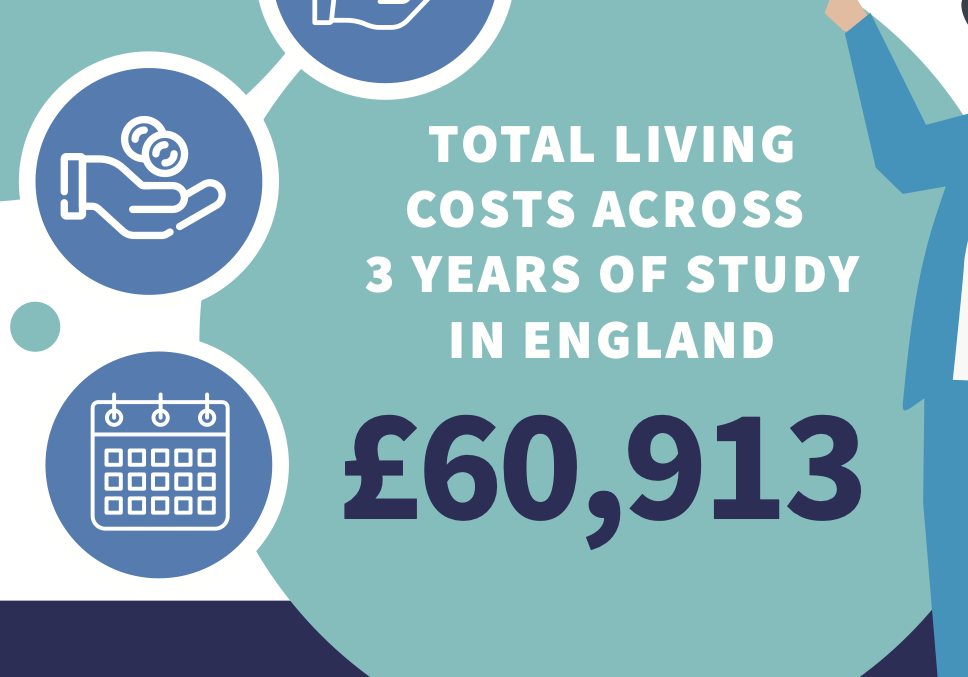Our panel of experts shares how healthcare careers offer purpose, growth, and meaningful daily impact.
Priya Parthasarathy, D.P.M.
President, Maryland Podiatric Medical Association; Partner, US Foot & Ankle Specialists; National Spokesperson, American Podiatric Medical Association
What makes a career in healthcare such a meaningful and rewarding path for today’s professionals?
In podiatry, you get to literally help people move forward. There’s something so powerful about that. We take patients who are in pain or afraid they’ll lose their independence and give them back mobility and confidence. You see the difference right away. I love that our field blends medicine, surgery, and long-term patient relationships. Every day, I get to use my skills to make someone’s life better, and I walk away each day knowing I truly made an impact.
As healthcare needs evolve and demand grows, why is it so important that we inspire more students and young professionals to pursue careers in this field?
Foot and ankle health is connected to everything — mobility, diabetes, overall wellness — but it’s often underrepresented. I love showing students how diverse and dynamic this field is. You can perform surgery, focus on sports medicine, wound care, pediatrics, or public health. The possibilities are endless, and the need is growing. There’s so much opportunity to innovate, lead, and really shape the future of healthcare.
How does working in healthcare allow you to make a tangible impact on people’s lives while continuing to grow and learn professionally?
What I love about podiatry is that you get to see progress in real time. Someone comes in limping or unable to wear shoes comfortably, and weeks later, they’re walking pain-free or running again. That’s the immediate impact. The field never stops evolving, whether it’s regenerative medicine, new technology, or surgical innovation, so there’s always something new to learn. It keeps me motivated and constantly growing.
What advice would you give to someone considering a future in healthcare about finding purpose and fulfillment in this work?
Find your “why,” and hold on to it. The path isn’t always easy. There are long days and tough cases, but when you see a patient light up because they can walk without pain, it reminds you why you started. In podiatry, fulfillment comes from those everyday wins. Stay curious, lead with empathy, and don’t forget that what we do truly changes lives, one step at a time.

Raymond K. Brown-Riley, B.S.N., RNC-NIC, NPT, NNIC
NICU Assistant Director of Nursing and NICU Transport Coordinator, MedStar Georgetown University Hospital
What makes a career in healthcare such a meaningful and rewarding path for today’s professionals?
A career in healthcare is especially meaningful because every day offers a chance to protect dignity, relieve suffering, and support recovery. During my time at Purdue’s School of Nursing, I learned to utilize evidence-based strategies, empathy, and teamwork. These are all skills I rely on as the assistant director of nursing in the neonatal intensive care unit (NICU) at MedStar Georgetown today. Whether stabilizing a fragile, premature baby or supporting a worried family, the work is deeply human and very impactful. The reward — seeing progress and knowing our actions create safer beginnings and healthier futures — is priceless.
As healthcare needs evolve and demand grows, why is it so important that we inspire more students and young professionals to pursue careers in this field?
As the population ages, the need for prepared and compassionate nurses and healthcare providers keeps growing. Inspiring students to choose healthcare is not only about staffing; it is about building systems that are safer, more equitable, and innovative. Purdue taught me that evidence-based science and research, coupled with patient and family-centered care, is the formula for success. When more bright minds join nursing and allied fields, we are able to accelerate breakthroughs, improve access, and strengthen the health of communities. Developing new nurses and professionals today improves outcomes for communities tomorrow. It’s imperative that we continue to produce new graduates who have the tools to handle the challenges before them, the knowledge to avoid the mistakes of the past, and the wisdom to know the difference.
How does working in healthcare allow you to make a tangible impact on people’s lives while continuing to grow and learn professionally?
Healthcare offers a unique opportunity to provide an immediate impact while also having an opportunity for lifelong development. In the NICU and through our neonatal transport program, I see how timely decisions, clear communication, and skilled interventions can change the course of a family’s life every day. The field also requires that you’re committed to being a life-long learner, utilizing new guidelines, technologies, and quality improvement methods. My Purdue foundation in evidence-based practice and quality improvement prepared me to continually seek out growth opportunities, mentor others, and turn research into practice changes that make a real difference. Professional development is not just a responsible career practice; it’s a moral obligation to contribute to the advancement of the profession.
What advice would you give to someone considering a future in healthcare about finding purpose and fulfillment in this work?
I would tell anyone considering a future in healthcare to reflect on where their passions lie. The healthcare industry is broad and diverse, so it’s important to hone in on what fulfills you personally. Start by shadowing clinicians and asking questions about workload, emotional demands, scheduling, and opportunities for advancement. In a nursing program like Purdue’s, there is a strong emphasis on clinical excellence, interprofessional collaboration, and self-reflection. I was encouraged to expect more of myself and my future employer. It’s important to find a program that teaches not only clinical competence but also strategies to manage stress and grow professionally so your career is sustainable. Find mentors who challenge you and a specialty that matches your strengths and passions. It’s cliché, but true, that when you love what you do, you’ll never work a day in your life.









